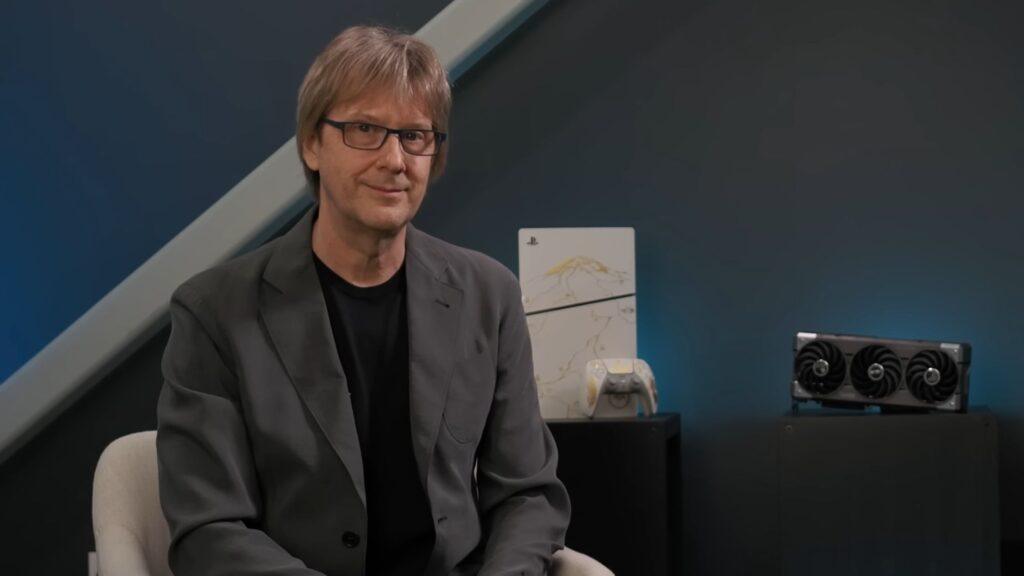- PS5 chief architect Mark Cerny has teased new technology for Sony’s next console
- The collaboration between Sony and AMD Project Amethyst has had some technological advances that “still exist in the simulation”
- Cerny says he’s “very excited to bring them to a future console in a few years.”
Mark Cerny, lead architect of PlayStation 5 and PlayStation 5 Pro, shared new developments from Sony and AMD’s Project Amethyst collaboration, teasing the PlayStation 6 in the process.
In a new video released by PlayStation, titled ‘From Project Amethyst to the Future of Gaming: The Shared Vision of AMD and Sony Interactive Entertainment’, Cerny, along with Jack Huynh, Senior Vice President and General Manager of AMD’s Computing and Graphics Group, discussed the technological developments of the collaboration.
The goal of Project Amethyst, which was announced last year, is to develop cross-device machine learning technology and more graphics capabilities.
However, it was Cerny’s comments at the end of the video that caught the most attention, as they provide a clue as to what Sony is working on next regarding its hardware.
“In general, these technologies are still very early, at the moment they only exist in simulation. But the results are quite promising and I am very excited to bring them to a future console in a few years,” said Cerny.
Could this mean the PS6 is just a few years away? Cerny’s words certainly suggest that Sony is at least currently investigating the evolution of its next console, and has probably confirmed the existence of the next PlayStation, which would likely feature the technology developed with Project Amethyst.
Look
Speaking of which, Cerny and Huynh also revealed three advancements in the video, including Neural Arrays, Radiance Cores, and Universal Compression.
Neural Arrays are a new solution to improve technologies like Sony’s PSSR (PlayStation Spectral Super Resolution) and AMD’s FSR (FidelityFX Super Resolution) to be less demanding on the GPU.
“Instead of having a bunch of compute units working on their own, we’ve created a way for them to come together, share data, and process things together as a single focused AI engine,” Huynh explained.
“Neural arrays will allow us to process a large portion of the screen at once, and the efficiencies that come from that will be a game-changer as we begin to jointly develop the next generation of upscaling and denoising technologies,” Cerny added.
The Radiance Cores are also designed to minimize demand on the GPU when it comes to ray tracing, which Huynh says is “a new dedicated hardware block designed for unified light transport” to handle both ray tracing and path tracing in real time.
Finally, Universal Compression is a system that evaluates the data entering the GPU, “not just the textures”, compressing it and drastically reducing memory bandwidth usage.
“That means the GPU can deliver more details, higher frame rates and greater efficiency,” Huynh said.
We can’t be sure when Sony’s next console will arrive, but according to recent leaks, the PS6 is expected to launch between late 2027 and early 2028.
Follow TechRadar on Google News and add us as a preferred source to receive news, reviews and opinions from our experts in your feeds. Be sure to click the Follow button!
And of course you can also follow TechRadar on TikTok for news, reviews, unboxings in video form and receive regular updates from us on WhatsApp also.
You may also like…




